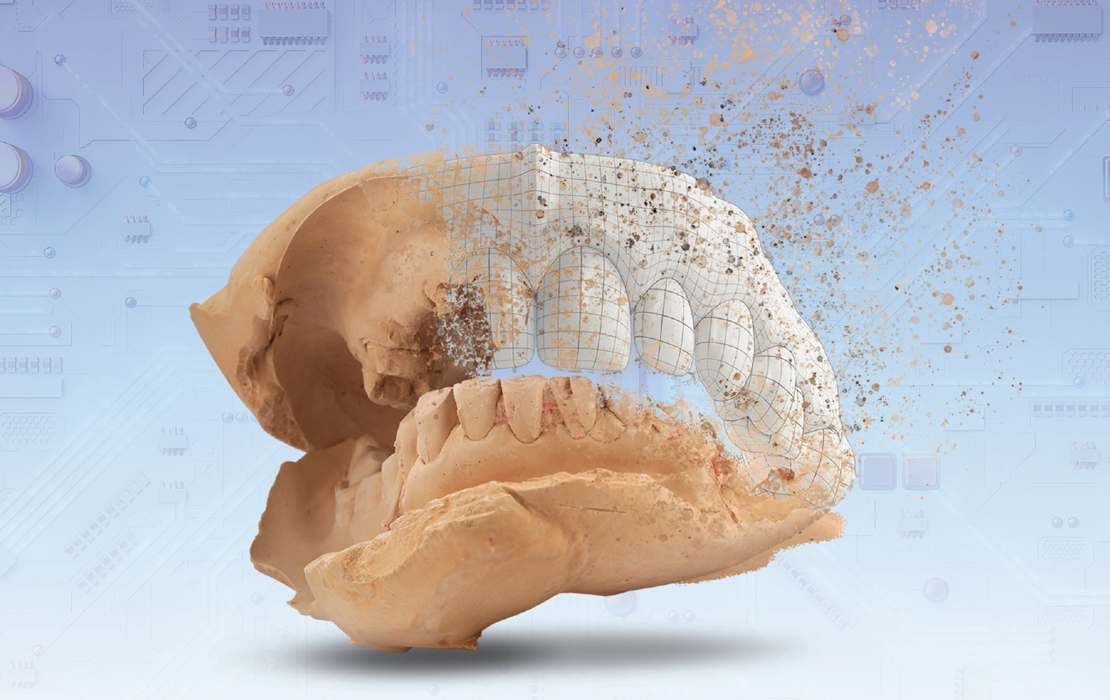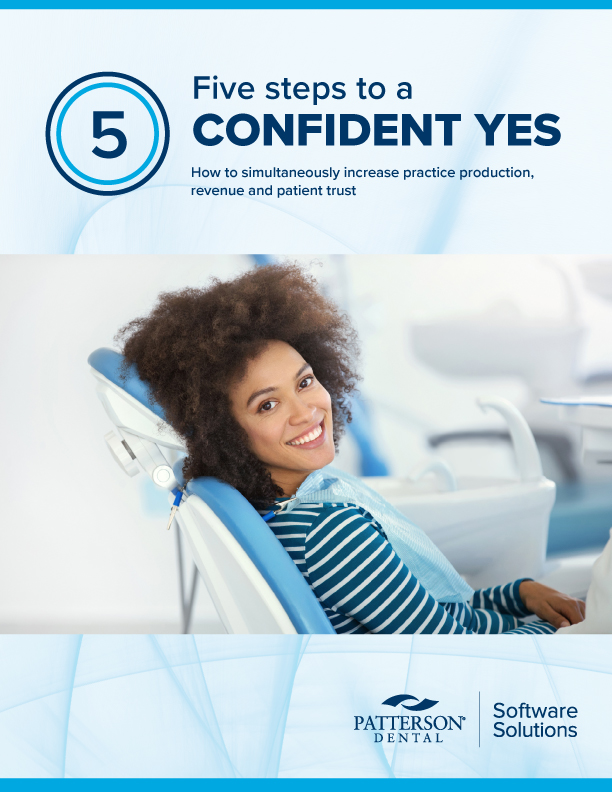‘Never been cooler’: Metal braces making comeback with help from social media




Former brace faces and metal mouths rejoice — a look that may have once been considered “uncool” is now trending among today’s orthodontic patients.
Thanks to social media, the pandemic and a myriad of other possible reasons, orthodontists are seeing an increasing number of patients seek metal braces over less conspicuous options that had previously gained popularity, like clear aligners.
“We’ve seen increased buzz around traditional metal braces, especially on social media platforms, and many orthodontists are noticing renewed interest among patients,” said Steven Siegel, D.M.D., president of the American Association of Orthodontists, ADA member and former owner of an orthodontic practice in Maryland. “I have heard from several AAO members across the country who see this trend emerge in their offices. In my own practice, I had an increase in the number of patients opting for traditional braces, which many viewed as a fashion statement.”
While this trend may have started longer ago, Dr. Siegel said it seems to have gained momentum in the last year or so.
“While it is particularly visible among teens and young adults, we are also hearing from orthodontists that adult patients of all ages are showing renewed interest in traditional braces — something that has not been as common in the past,” he said.
Dr. Siegel cites social media influencers and celebrities who have proudly shared their experiences with braces as possible reasons for their growing acceptance and popularity.
“Anecdotally, orthodontists hear various reasons behind the renewed interest in metal braces,” he said. “Younger patients, particularly teens and young adults, view them as a form of self-expression or a fun, nostalgic accessory. We also hear that younger patients are embracing the confidence that comes with redefining standards of beauty and ‘coolness.’ Traditional braces are a tried-and-true treatment option and often provide the orthodontist with greater control and precision than other options.”
Nicholas Riccio, D.M.D., an orthodontist who owns Hinsdale Orthodontics & Pediatric Dentistry in Hinsdale, Illinois, with his wife, Susan Blair, D.D.S., has seen chatter about braces’ renewed popularity online and witnessed it firsthand in his own practice, where he offers self-ligating braces in both metal and ceramic.
“Orthodontists are discussing it in Facebook groups and pontificating on the reasons, as well as celebrating a return to their roots since many of us trained heavily on braces,” Dr. Riccio said. “While loving aligner therapy as an option, we all know the power of braces and what they are capable of, so it’s nice to have the market reflect a desire for them.”
While he agrees with the role of social media in making metal braces “cool” again, particularly among children and teens, he also sees a connection between their rising popularity and the COVID-19 pandemic.
During the pandemic, people often were placed in front of their own smiles in a way they never were before, thanks to the prevalence of virtual meetings and video calls. Those who decided to address imperfections in their smiles could then hide orthodontic treatments behind their masks.
“Everyone was watching themselves interact and speak and smile on camera, and they became very conscious of their smile shortcomings and flooded into the office to get things fixed,” Dr. Riccio said. "From that, people must have chosen braces for financial or compliance reasons, justifying to themselves that with the masks, no one can see, so there is less of a need for aligners compared to before. Once a significant cohort of people tried braces, they probably had good experiences, and the rest was history.”
At the Georgia School of Orthodontics — an orthodontic residency program based in Atlanta — braces never lost popularity, said Program Director Cintia Mendes, B.D.S., Ph.D.
“They were always very much used in our clinics, despite the fact that aligner cases are growing in number as well,” Dr. Mendes said.
She attributes a preference for braces to patients wanting something that requires little effort on their end.
“Aligner materials are improving every year, as well as the techniques we use them with. However, one factor we cannot control is compliance from the patients’ part,” Dr. Mendes said. “If they don’t wear the aligners as much as they should, the treatment will not work well or it will fail altogether.”
She said she thinks some patients seeking braces, especially adults, may have already tried aligners and are looking for a less demanding option. As for younger patients, their parents may opt to get them braces to avoid losing money if they don’t comply with treatment. Braces are also better equipped to address more complex orthodontic issues, she added.
Dr. Riccio agrees that patients are busier than ever and only have so much time and energy to commit to health-related habits like eating well, exercising and wearing aligners consistently.
“While the cosmetic and lifestyle benefits of aligners are attractive, there is something freeing about giving up control to the doctor and the process that braces can provide,” he said. “With braces, patients can focus on the myriad other things in this crazy world we live in and take the burden of aligner compliance and care off their plate.”
He wonders, however, if the pendulum of popularity will continue to swing back and forth between braces and aligners for years to come. For now, at least, the proud brace faces and metal mouths of America can smile big.
“Braces have literally never been cooler,” Dr. Riccio said.



